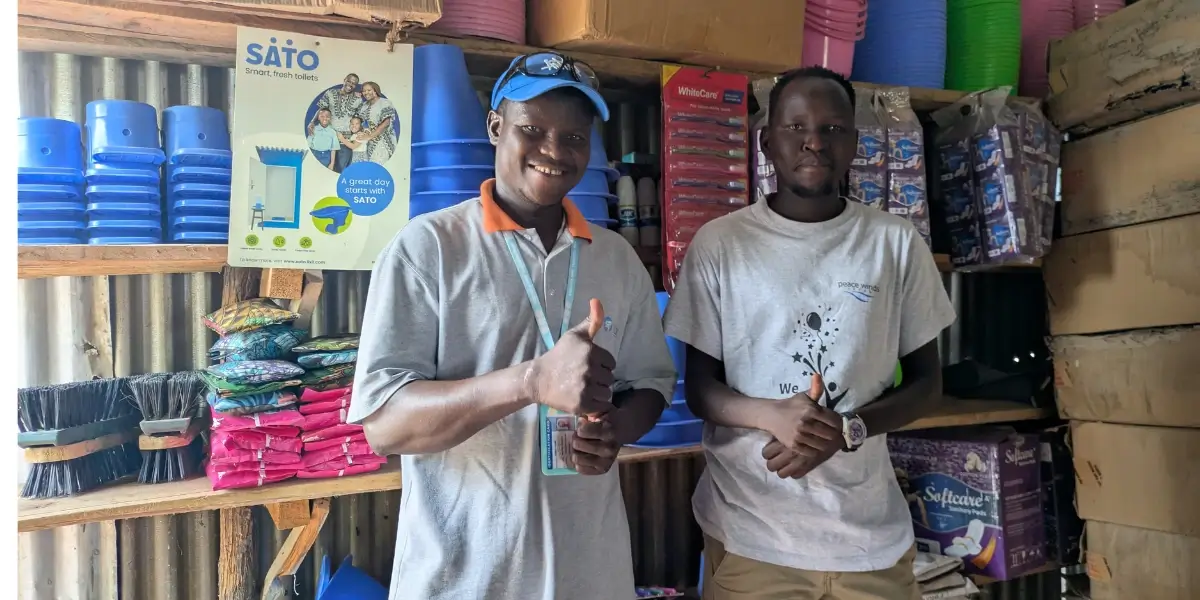
Refugee sanitation: WASH solutions that are built to last
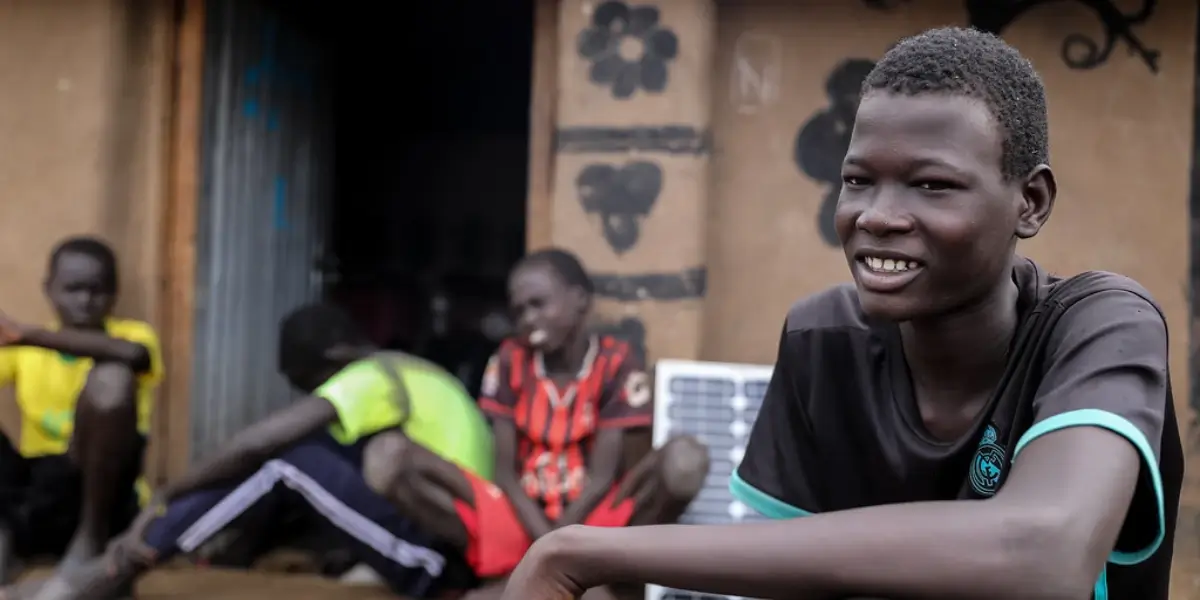
By B. Keith Cole, Leader – Humanitarian & Multilateral Businesses
The humanitarian sector has never been in such a desperate need. Today, 339 million people – or about 1 in 24 of the planet’s population – require humanitarian assistance, from those escaping conflict or persecution to those who have been temporarily unsettled due to natural disasters. The bleak reality is that today more people need humanitarian assistance – and therefore refugee sanitation – than at any other point since World War II.
Among a whole host of challenges and issues, the growing need for humanitarian support creates significant pressure on global sanitation and hygiene systems. However, when coordinating a response to humanitarian crises, refugee sanitation and hygiene are perceived to be well down the pecking list of priorities.
The most significant barrier to refugee sanitation and hygiene is access to clean water. In many humanitarian settings, clean water is shipped in at great cost on a daily or weekly basis. Water is then distributed evenly across the community and individuals and families must then choose how to best allocate their meagre water supply– for drinking, washing, cleaning, or sanitation and hygiene? This trade-off means that sanitation and hygiene standards slip, increasing the spread of preventable and deadly diseases.
In addition, the often-immediate creation of new temporary communities can create access issues for refugee sanitation and hygiene. Conflict zones can suffer immense destruction of their built environment, creating challenges when installing new sanitation and hygiene solutions.
The good news for the humanitarian sector is that these challenges can be addressed – and they can be addressed today.
At SATO, we are the refugee sanitation and hygiene partner of choice for the global humanitarian sector. We have significant experience from supporting the needs of temporary communities around the globe and leverage our position as a consumer-oriented social business to create solutions that address the needs of communities.
By design, all our solutions are water-saving, durable, affordable and easy to install and maintain. Our original SATO Pan, which seals an open pit, uses just 1L of water per flush, while our award-winning SATO Tap needs just 100ml of water for effective handwashing. They are also incredibly durable, meaning they can last years of use in a busy settlement that lasts several years.
We have a full portfolio of solutions – all of which align with the UN’s procurement and import requirements – that combine to create an end-to-end solution that offers safely managed refugee sanitation and hygiene. This includes the:
- SATO Pan, completely seals an open pit latrine, requiring just 1L water per flush – 80% less than a traditional toilet;
- SATO Stool, a raised seat for those who require more comfort and convenience;
- SATO Slab, built for humanitarian settings and allows the rapid construction of toilets;
- SATO V-Trap, featuring two pipes to the side that directs waste to twin offset pits for waste collection;
- Our new Super Structure, an easy-to-install, durable toilet shelter made of 100% recycled plastic waste that offers privacy and dignity for users;
- SATO Tap, a portable device that allows handwashing with as little as 100m;
- and the SATO Pit Liner, which reinforces the walls of a pit when soil is unstable, minimising the risk of a pit collapsing.
Our full solution, which is available as a bundle for the humanitarian sector and refugee sanitation, can quickly be constructed and can be easily taken down and transported for future use. It’s also highly durable and reliable, making it the perfect solution for areas with high traffic.
For those who have been suddenly displaced – or those who are working in response as aid workers – our products quickly create a dignified, clean and safer sanitation experience. Meanwhile, the SATO Tap’s water-saving nature also minimises the pressure on individuals to choose between water for eating and drinking and hand hygiene.
Our experience supporting refugee sanitation and temporary communities
Beyond addressing immediate sanitation and hygiene needs, we work with our partners to leverage the power of sanitation and hygiene to create opportunities to improve refugee sanitation and self-reliance.
- In Kenya’s Kakuma Refugee Camp – one of Africa’s largest refugee communities – as well as the Kalobeyei Integrated Settlement – we worked with Peace Winds Japan to use market-based sanitation approaches to improve access to sanitation while creating employment. Together, we’ve developed 12 one-stop refugee sanitation shops called Duka-Safi and trained more than 120 refugee entrepreneurs who have so far sold more than 2,000 SATO Pans, 2,000 SATO Taps and more than 550 SATO Stools. The initiative has not only helped more local people in Kakuma and Kalobeyei gain access to sanitation and hygiene solutions but has also created new economic opportunities for the shop’s employees
- In Nepal, following the Gorkha earthquake, we supplied the SATO Pan as part of a broader crisis response
- In the Philippines after Super Typhoon Haiyan, we similarly supplied the SATO Pan as part of a broader crisis response
- In partnership with UNICEF, we supplied more than 400,000 SATO Taps as part of COVID-19 response in Africa and Asia.
- Finally, we have provided SATO Pans to the Rohingya Refugee Camp in Bangladesh, benefitting 125,000 refugees.
As a private social business, the learnings we take from the field, both in new temporary communities and established settings, are critical to our new product development process. We know that the sanitation and hygiene needs of those the humanitarian sector supports are constantly evolving, but we have the scale, expertise and heritage in new product development design to ensure that refugee sanitation and hygiene isn’t left behind.
In 10 years’ from now, I’d love for my job to be obsolete, as we all live in a world that doesn’t require humanitarian support. However, the reality is that just won’t happen. So, now the focus must be to use technology and innovative solutions to create better sanitation and hygiene customer-centric outcomes for displaced communities.
WANT TO STAY UP TO DATE?
Subscribe to our newsletter to stay on top of the latest news, views, and stories from on the ground.
The easiest way to do this is to sign-up for our LinkedIn newsletter here. We'll then send you a bi-monthly letter from our Leader, Erin McCusker.

Similar articles
While global in scope our stories are local at heart.

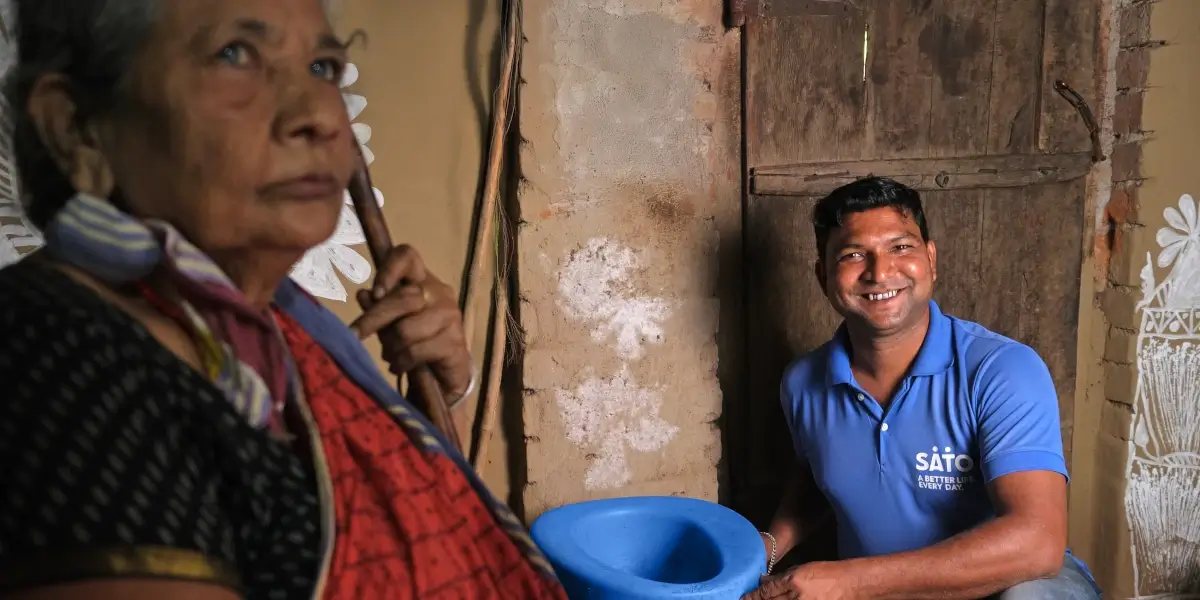
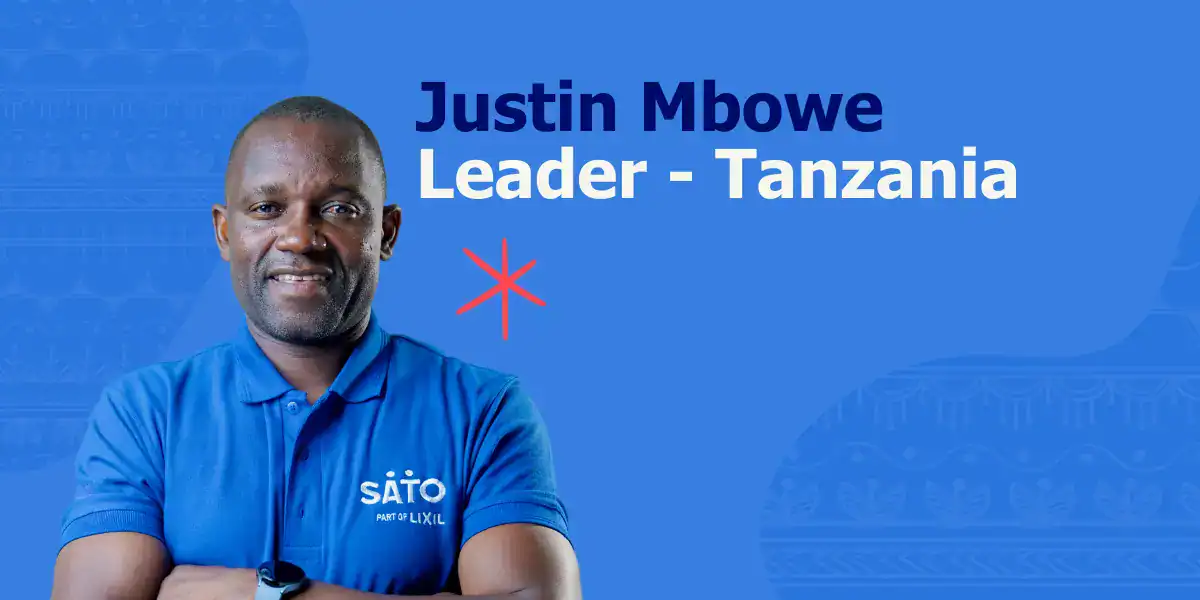
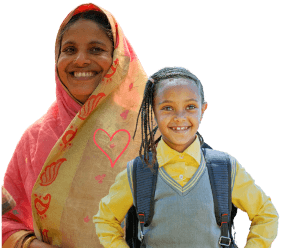 Copyright © LIXIL 2025
Copyright © LIXIL 2025